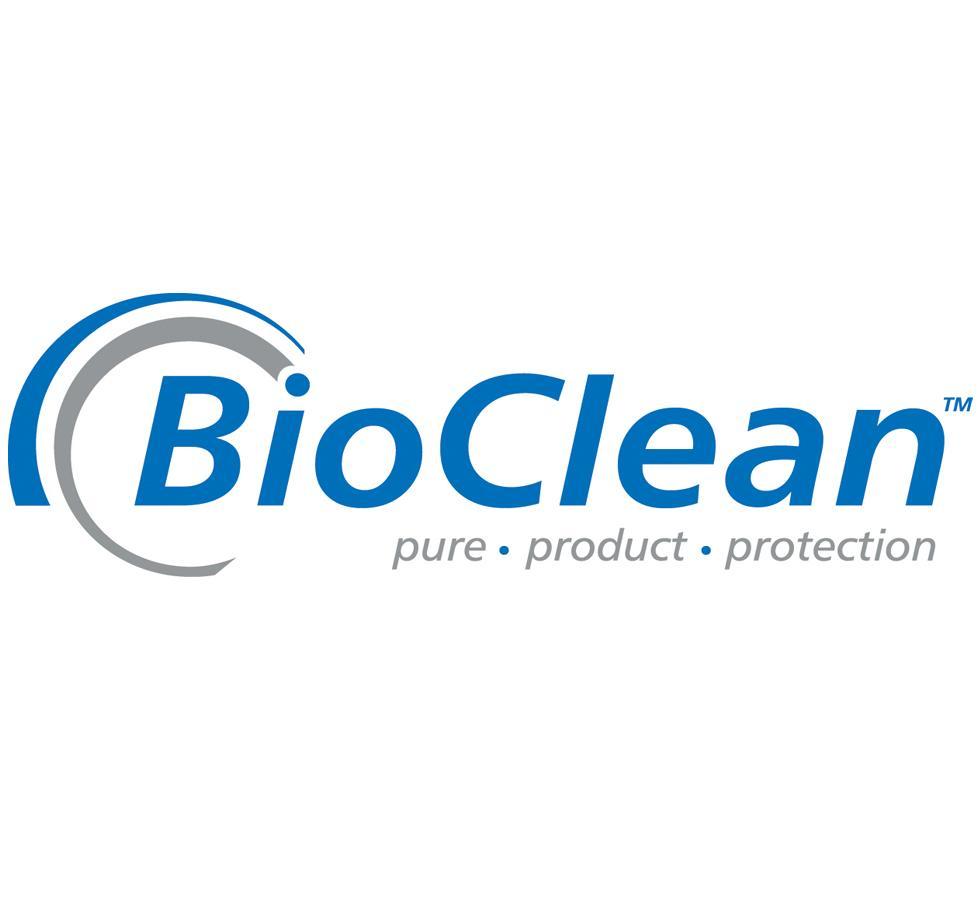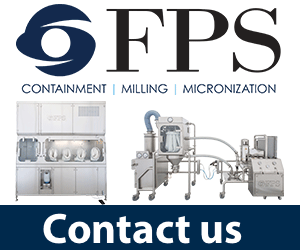The right garment
Nitritex is a supplier of reusable cleanroom garments in the UK. Currently expanding into Europe with its TechniClean garment range, it will shortly be launching its new range of disposable cleanroom garments under the BioClean-D brand
In the past few years there has been a rapid increase in the number of industries that are now operating controlled and critical environments.
Whereas 10 years ago cleanrooms were largely confined to the micro-electronics and pharmaceutical industries, today companies in a wide variety of industries including medical devices, cosmetics, food manufacturing and pharmacies are operating in controlled or critical environments. This has resulted in: (a) an advance in fabric technology (b) new garment designs and construction methods (c) new product and personal protection needs. Garment choice Typically, the following factors will need to be considered when choosing the type(s) of garments that are appropriate for use in the cleanroom: Class of Cleanroom – The higher the classification of the cleanroom, the greater the need for full body coverage. For instance, in ISO Class 4 cleanrooms it would be essential to wear coveralls, hoods, boots, facemasks and gloves. Type of Cleanroom – In sterile environments, fabric that is resistant to multiple sterilisation cycles needs to be utilised in the manufacture of the garments. This is not a factor for non-sterile cleanrooms. Products and Personal Protection – It is recommended that garments with Electrostatic Discharge properties (ESD) be used for most cleanroom operations. Where Personal Protection is required, disposable garments such as the Bioclean-D are required. Number of Personnel –There is a 'break point' in the number of 'changes' of garments in a cleanroom below which it is not economical to buy or rent re-usable garments with a contract to have the garments laundered. This is approximately 20 'changes' per week. For users with less than 20 changes per week it is more economical to use disposable garments, such as the BioClean-D coveralls. Visitors – If you have a large number of visitors to your cleanroom on a regular basis, and you are using re-usable garments in your cleanroom operation, you should hold additional stock for your visitors. If the number of visitors you have is minimal, you should use disposable garments. Garment systems Where reusable garments are in use, there are typically two distribution systems: 1. Pool stock – range of sizes to accommodate all wearers. Virtually all sterile environments use this system. 2. Wearer dedicated – garments are identified by a wearer's name or number. Fabrics It is important that contaminants are controlled and prevented from entering the cleanroom. The fabrics used to manufacture cleanroom garments must be capable of achieving this. All fabrics used in cleanrooms should therefore be 100% non-linting polyesters. To ensure that contaminants do not pass through from the garment, the fabric must have an extremely tight weave (Taffeta, Twill or Plain). When deciding what fabric should be used for the manufacture of re-usable garments, consideration must be given to the following factors: Electrostatic Discharge – Many micro-electronic components can be damaged by static discharge. Micro-organisms are known to develop on particles adhering to garments that have a static charge. This is unacceptable in pharmaceutical environments. It is therefore essential that the fabric utilised will allow the garments to continually dissipate any static build-up. A high quality carbon fibre must be used to ensure that it remains effective throughout the life of the garment, which could include more than 50 wash cycles. The carbon fibre is woven into the fabric in either a grid or stripe format. User Comfort – To ensure user efficiency, the garment must be as comfortable as possible. This is achieved by ensuring correct size of garment, suitable fabric weight (80-125 gsm) and correct garment design. In sterile environments, it is recommended that cleanroom undergarments are used as an alternative to street clothes. These should be manufactured using non-linting polyester barrier fabrics. The correct choice of fabric will have excellent wicking properties allowing rapid dispersion of perspiration. Sterilisation – For sterile environments, it is essential that the fabric utilised is able to withstand multiple washing and sterilisation cycles. Garment construction The purpose of re-usable cleanroom garments is to control contamination from the wearer in a cleanroom environment. The construction of re-usable garments must ensure that this goal is achieved. Seams must be bound using continuous polyester thread and no less than 12 stitches per inch should be used in the sewing of the garments. The seams should also be enclosed to ensure that no particles become trapped. All zips should be made of stainless steel and zip sliders must not be coated, as the coating will break down after a number of washes, causing a contamination problem. Where studs are used on garments, these should be non-coated stainless steel or plastic. It is also advisable, for consistency of garment sizing, that a Computer Aided Design (CAD) system be utilised. The complex nature and wide diversity of cleanroom garment requirements means that it is vital to seek expert advice before making a decision on garment choice. Nitritex manufacture a wide range of re-usable garments under the TechniClean brand and disposable garments under the BioClean-D brand names.





